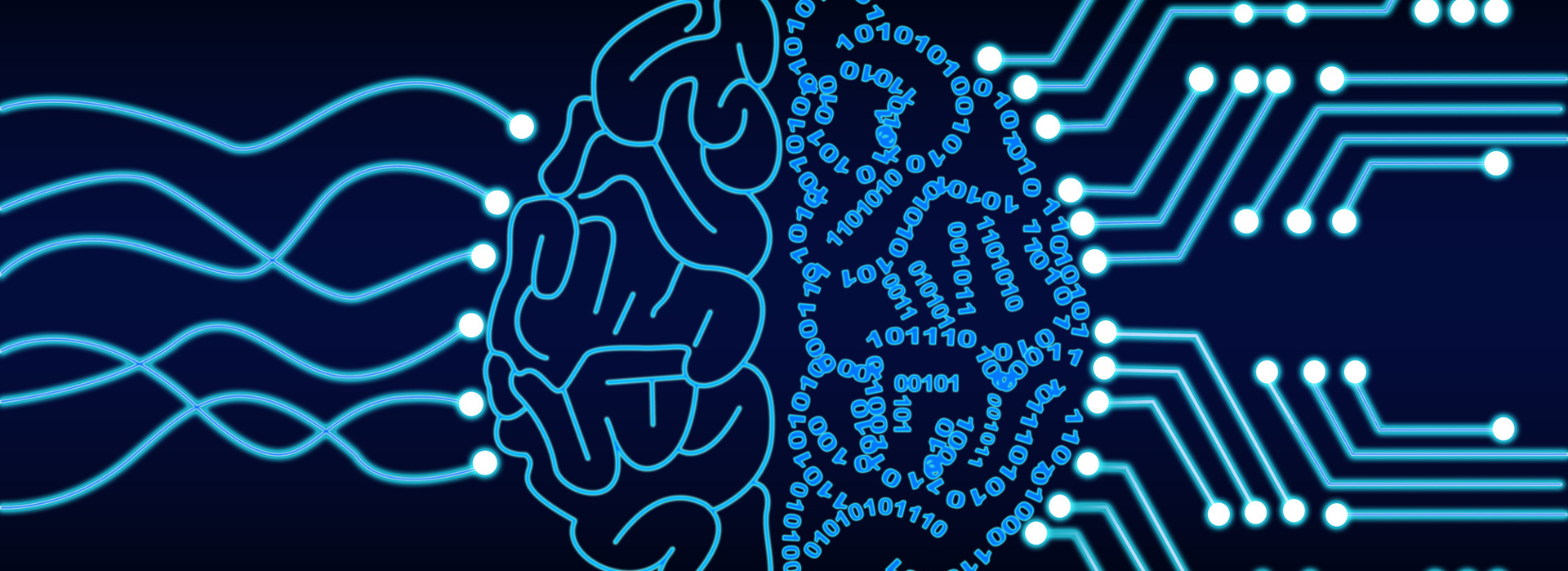This post is the first in a three-part series examining the use of AI in Human Resources.
Artificial intelligence (AI) is already a key feature in many people’s lives, including at work. While some AI platforms have been around for years, highly advanced intelligence platforms, such as ChatGPT, could become ubiquitous in research and problem solving-based work environments. Such platforms are still in their early stages, like the Internet was in the 1980s, but they are learning and developing each day and, like the Internet, could become fundamental parts of daily life, especially at work.
What Is Artificial Intelligence?
AI is computer intelligence input with data sets used to detect patterns and solve problems. AI is now common in everyday life in devices and programs like Alexa and Siri, which use human interference to perform specific tasks. Programs like ChatGPT – generally called “generative AI” – are capable of performing complicated research, drafting letters and even writing TV episodes and music. These programs could be an integral part of life in and outside the workplace in the not-so-distant future.
How Do Companies Use AI?
Human Resources Departments at a wide variety of companies currently use AI in several ways, including recruitment and performance management, as well as decision-making and customer service more broadly:
- Recruitment – AI can help streamline the recruitment process by automating candidate screening, identifying top talent and predicting job performance. AI-powered tools can analyze resumes, cover letters and social media profiles to identify the most qualified candidates for a job, reducing the time and effort required by recruiters to find suitable candidates. AI can also be used to conduct phone interviews and answer candidate questions.
- Performance Management – AI can help companies monitor and manage employee performance by analyzing data from performance reviews, productivity reports and other sources. This helps identify areas where employees need improvement. Companies can use AI to create tailored trainings specifically for the areas of performance improvement that the AI has identified.
- Decision-Making – AI can assist in making more informed decisions by analyzing data and providing insights. For example, AI can help identify patterns in customer behavior, market trends and financial data to inform strategic decision-making. Additionally, tech companies use AI’s ability to plan the routes for delivery and rideshare drivers. In the HR area specifically, this decision-making process and use of data can aid in determining and projecting staffing needs for various areas in the company.
- Customer Service – Companies use AI in customer service to automate responses to customer inquiries, reduce response times, and provide personalized recommendations. AI-powered chatbots can answer routine inquiries, freeing up human customer service representatives to respond to more complex issues.
Potential Problems With AI
Artificial intelligence does not exist in a vacuum. It is created by (imperfect) humans and thus carries risks. Some significant risks associated with AI in the workplace are:
Discrimination
The humans creating and coding the artificial intelligence may input their own conscious or unconscious biases, or they may not think to safeguard against certain biases the AI develops.
Tech companies, who may receive more resumes from men than women, have scrapped the use of AI resume review when it revealed that the AI penalized resumes using the words “woman” or “women,” as in “women’s chess club.” The same could happen with words and phrases associated with other protected classes.
Similarly, AI is used to conduct phone interviews, and, without appropriately correcting for biases, could be subject to preferring certain voice inflections and response times associated with gender, race, national origin, age or disability.
Privacy
AI can pose a risk to employee privacy if not implemented correctly. AI-powered tools may collect and analyze employee data, including personal information, performance metrics, and communication logs. Companies should ensure that this data is collected and stored securely and that employee privacy rights are protected.
Best Practices
The potential of AI is exciting, and it will likely make work much more efficient for employers and employees in the future. Still, there are many risks associated with AI. Below are some best practices for mitigating these risks:
- Establish Clear Goals – Companies should establish clear goals and criteria for the implementation of AI in the workplace. This includes identifying areas where AI can be most effective, establishing metrics for success, and identifying the resources and budget required to implement the technology effectively.
- Conduct a Risk Assessment – Companies should conduct a thorough risk assessment to identify potential risks associated with AI in the workplace. This should include an assessment of the impact of AI on employee privacy and diversity.
- Address Bias – Companies should take proactive steps to address bias in AI systems. This includes testing AI systems for bias, ensuring that training data is diverse, and implementing oversight mechanisms to monitor and correct any bias that arises.
- Regularly Evaluate and Monitor AI Systems – Companies should regularly evaluate and monitor AI systems to ensure they are functioning as intended and achieving their intended outcomes. This includes reviewing data inputs, assessing performance and making necessary adjustments to the system.
__________________
Part II in this series will focus on legal conflicts companies are experiencing with AI and how to mitigate them, and Part III will focus on what companies should know about ChatGPT and other generative AI programs while navigating the future of AI.
If you have questions or would like more information about the topics raised in this post, please contact a member of Gould & Ratner’s Human Resources and Employment Law Practice.

